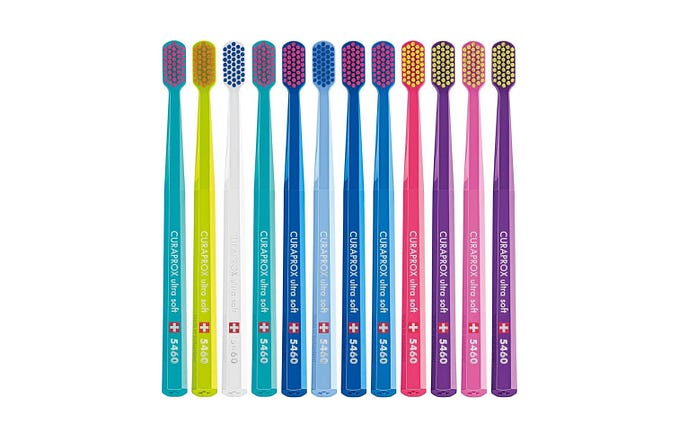Choosing the Right Swabs for Wound Cleaning: A Simple Guide
Accidents happen, and small cuts or scrapes are part of daily life. Taking care of a wound properly is essential to prevent infection and help it heal faster. One of the simplest and most effective tools for cleaning a wound is a swab. But with so many options available, how do you know which one to choose?
In this article, we’ll explain the different types of wound cleaning swabs and their us

1. Cotton Tip Swabs — Soft and Gentle Cleaning
Cotton tip swabs are the most common choice for cleaning minor cuts and scrapes. These swabs have soft cotton tips that gently clean the surface of the wound. The cotton is great for absorbing cleaning solutions like antiseptics or
Cotton swabs are typically packaged in sterile, single-use wrappers, so you can be sure they’re clean and safe to use. They’re great for everyday use at home or in a first-aid kit.
2. Alcohol Swabs — Fast and Effective Disinfection
Alcohol swabs are pre-moistened with isopropyl alcohol or other disinfectants.
These swabs are commonly used to clean and disinfect the skin before giving an injection or cleaning a wound. The alcohol helps kill bacteria and other germs, preventing infection.
Alcohol swabs are usually individually wrapped to keep them sterile until use. They’re a must-have in medical settings or for personal use when you need to quickly disinfect a wound.
3. Saline Solution Swabs — Gentle and Safe for Larger Wounds
Saline solution swabs are pre-moistened with a saltwater solution that closely matches the body’s natural fluids. This makes saline very gentle on the skin and effective for cleaning larger or deeper wounds. Saline is non-irritating and helps rinse away dirt or debris without harming the tissue.
These swabs are often used in hospitals or clinics for wound care and are a good choice for cleaning large scrapes or wounds at home. They help keep the wound moist, which is important for proper healing.
4. Antiseptic Swabs — Extra Protection Against Infection
Antiseptic swabs are soaked in solutions like iodine or chlorhexidine, which are strong disinfectants. These swabs are used when a stronger antibacterial effect is needed, especially for deeper wounds or after surgery.

Antiseptic swabs can be more effective than alcohol swabs at killing a wider range of bacteria. They are also individually wrapped to maintain sterility and are essential for serious wounds where extra protection is needed.
5. Hydrocolloid or Gel-Infused Swabs — Healing and Moisturizing
Some swabs come infused with hydrocolloid gel or other healing ingredients. These swabs are designed to not only clean but also help wounds heal faster by keeping them moist. Hydrocolloid dressings have been shown to speed up the healing process and reduce pain.
These swabs are especially useful for treating burns or chronic wounds and are often used in medical settings. They provide a moist environment that helps the wound heal more quickly and comfortably.
How to Choose the Right Swab for Your Wound
Each type of swab has its own special use. Here’s how to choose the right one:
- For minor cuts and scrapes, a cotton tip swab is perfect for gentle cleaning.
- If you need to disinfect the skin before an injection or cleaning, alcohol swabs are the go-to choice.
- For larger or deeper wounds, saline solution swabs are gentle and safe to clean without irritation.
- For serious wounds or post-surgery care, antiseptic swabs provide extra protection against infection.
- For burns or chronic wounds, hydrocolloid or gel-infused swabs help keep the wound moist and speed up healing.
Conclusion: Taking Care of Wounds the Right Way
Taking care of a wound is more than just cleaning it — it’s about choosing the right tools to help it heal properly. Wound cleaning swabs are simple to use and can make a big difference in the healing process. Whether you’re at home or in a healthcare setting, the right swab can help prevent infection and speed up recovery.

By understanding the different types of swabs available, you can choose the best one for your specific needs. Always make sure to use sterile swabs, follow proper wound care steps, and consult a healthcare professional if needed. With the right care, wounds can heal faster, keeping you healthy and safe.
Take care of your wounds, and they will heal properly — one swab at a time.








